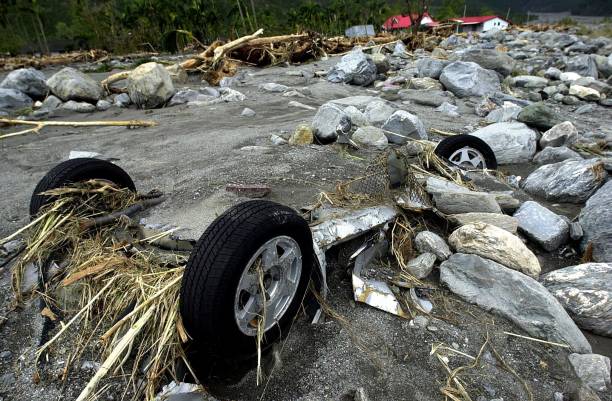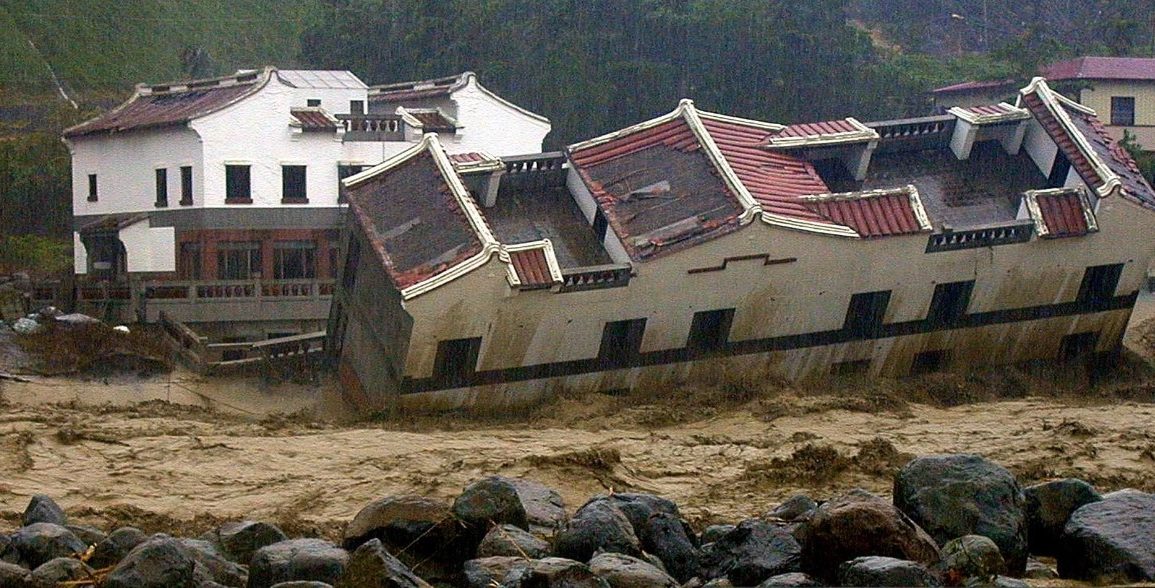The northern Philippines is once again grappling with the devastating effects of Typhoon Toraji, the fourth tropical cyclone to hit the region in just three weeks.
Known locally as Nika, Toraji is currently moving westward over Luzon with winds comparable to a category 1 hurricane.
The region, already reeling from the impacts of Typhoons Trami, Kong-rey, and Yinxing, faces a mounting crisis.
These previous storms have left at least 159 people dead and displaced over 700,000.
Despite ongoing recovery efforts, the persistent cycle of extreme weather continues to hinder progress.
The Philippines, which faces an average of 20 tropical cyclones annually, is no stranger to these fierce storms. However, the frequency of these storms in such a short period is exceptional.
Authorities are particularly concerned about the heavy rainfall brought by Toraji, which is falling on already saturated soils and overfull waterways.

This combination has significantly increased the risk of flooding and landslides, prompting the evacuation of 2,500 villages.
In response, dams are releasing water in a controlled manner to reduce flood risks, though the situation remains precarious.
As the country battles the aftermath of Toraji, there are concerns that another storm may follow closely behind.
A new tropical depression, set to be named Usagi, formed in the Philippine Sea and is expected to intensify into a typhoon.
The Japan Meteorological Agency has warned that Usagi could make landfall later this week, bringing more devastation to the northern Philippines.
Meanwhile, Australia is also enduring extreme weather conditions, with a heatwave warning issued for the Northern Territory, Central Queensland, and parts of Western Australia.
Temperatures are expected to soar well into the low 40s°C, well above average for this time of year.
Thunderstorms are also expected to bring heavy rainfall and the risk of hail, particularly in eastern Queensland and New South Wales, which have already seen significant rainfall over the weekend.
These unrelenting weather patterns highlight the growing severity of climate-related events across the globe.

